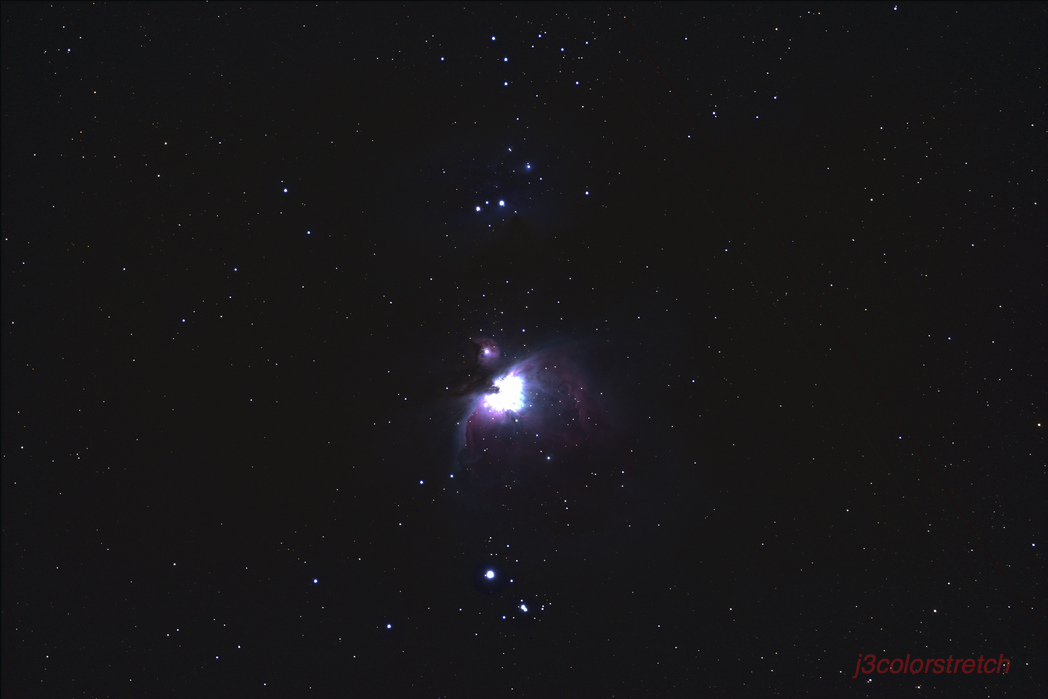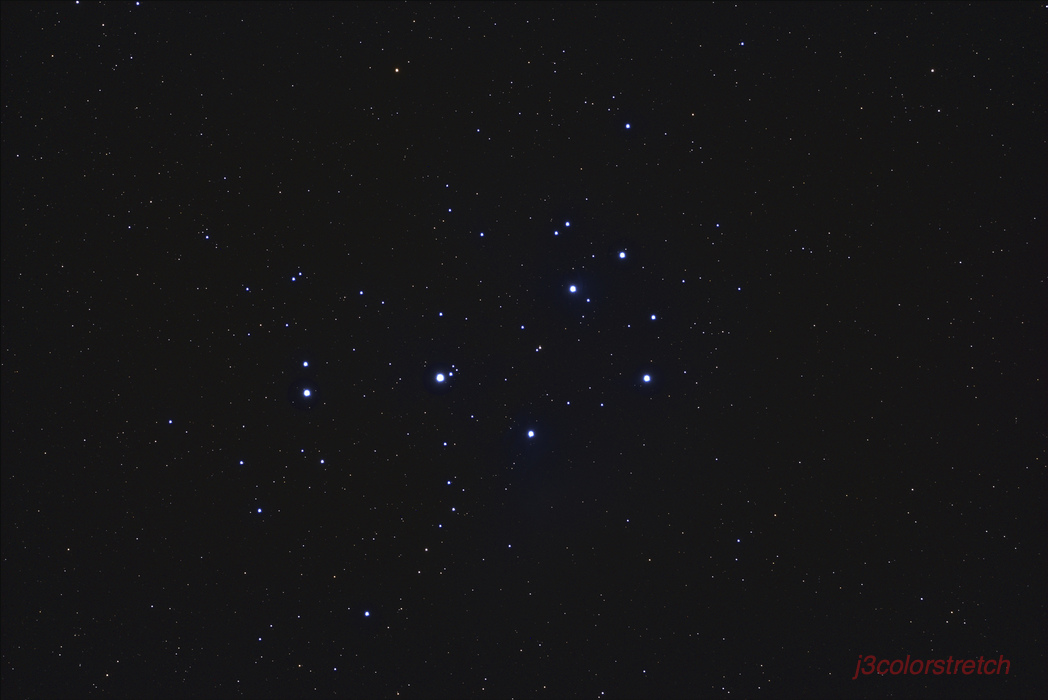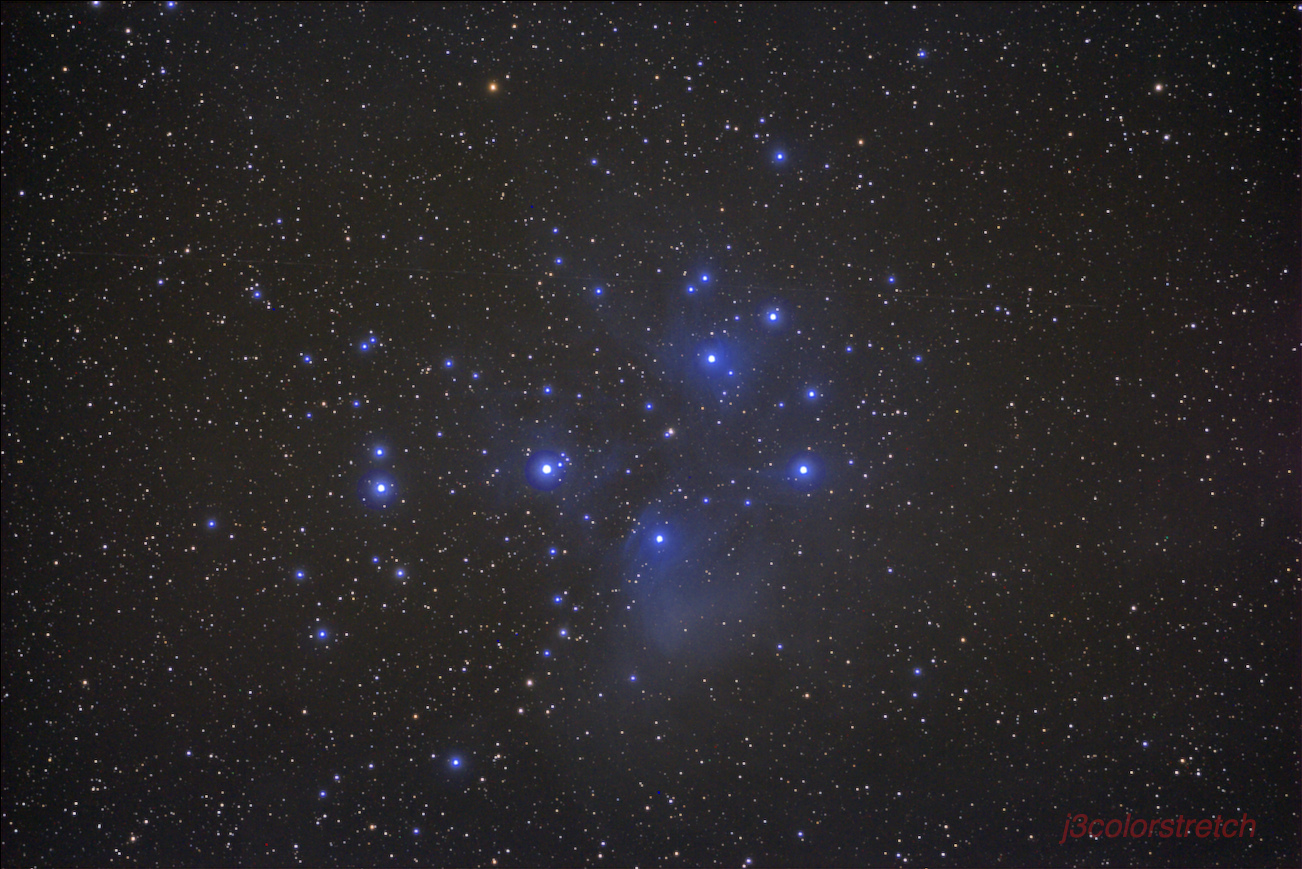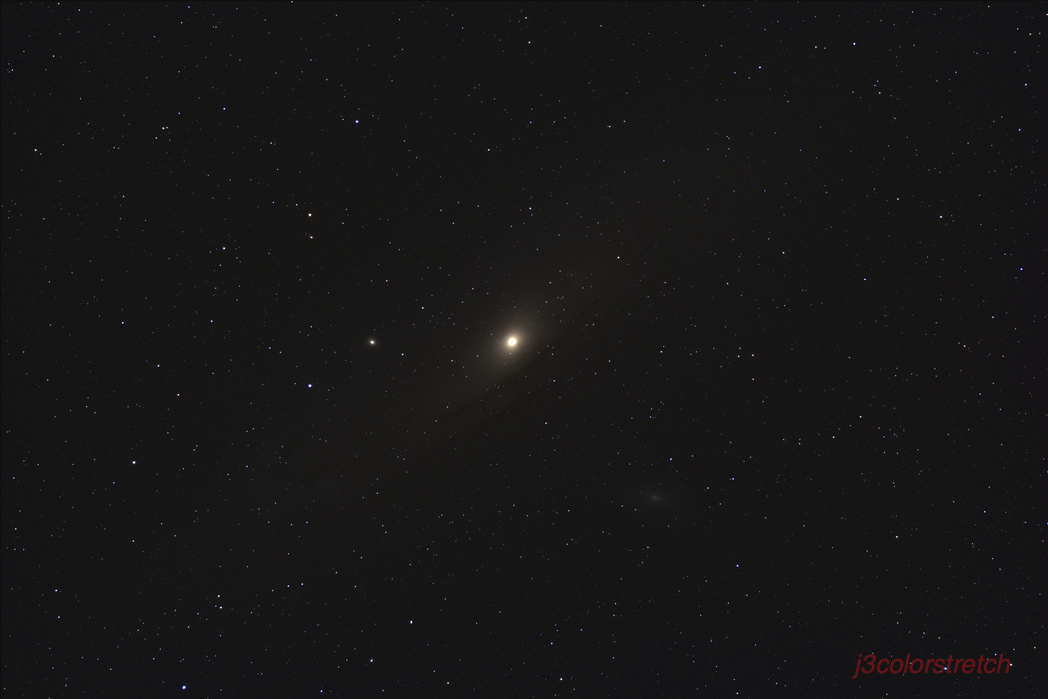j3colorstretch
Usage
Running the executable without any parameters prints out the following help message:
Usage: j3colorstretch [params]
--ccf, --color (value:1.0)
default enhancement value
-f
force to overwrite output file
-h, --help, --usage
print this message
--min
set minimum in all channels (in 16bit)
--minb
set minimum b (in 16bit)
--ming
set minimum g (in 16bit)
--minr
set minimum r (in 16bit)
--ncc, --nocolorcorrect
turn off color correction
--no-display, -x
no display
-o, --output
output image (without the result will be displayed, supports jpg and tif)
--ri, --rootiter (value:1)
number of iterations on applying rootpower - sky
--rootpower, --rp (value:6.0)
power factor: 1/rootpower
--rootpower2, --rp2
use this power on iteration 2
--sc, --scurvepower (value:5.0)
scurve power odd iterations
--sc2, --scurvepower2 (value:3.0)
scurve power even iterations
--scurveiter, --si (value:0)
number of iterations on applying scurve - sky
--scurveoffset, --so (value:0.42)
scurve offset odd iterations
--scurveoffset2, --so2 (value:0.22)
scurve offset even iterations
--skylevelfactor, --sl (value:0.06)
sky level relative to the histogram peak
--tc, --tonecurve
application of a tone curve
-v, --verbose
print some progress information
--zerosky (value:4096.0)
desired zero point on sky, sets all channels
--zeroskyblue
desired zero point on sky, bue channel
--zeroskygreen
desired zero point on sky, green channel
--zeroskyred
desired zero point on sky, red channel
To stretch an image the image name needs to be given as argument with any of the optional parameters listet above.
j3colorstretch [parameters] IMAGEFILENAME
The software should work with any file format that is understood by OpenCV, but in the most common usage case it will be a 16bit per channel RGB tiff file.
Examples
The photos in the following examples were taken by Jerry Lodriguss and downloaded from https://www.astropix.com/html/i_astrop/practice_files.html. For the purpose of this illustration the raw images were stacked (without any bias/dark subtraction and without flatfielding) and the coadded images processed with j3colorstretch. The raw verions were saved as JPGs with j3colorstretch input.tif--rootiter=0 --output=out.jpg. From there the only step is to run j3colorstretch.
M 42
Raw image
 A simple strong root stretch with
`j3colorstretch M42.tif –rootpower=300 –output=M42_rp300.jpg
A simple strong root stretch with
`j3colorstretch M42.tif –rootpower=300 –output=M42_rp300.jpg

M 45
Raw image
 Two iterations of root stretches with different powers with
Two iterations of root stretches with different powers with j3colorstretch M45.tif --rootpower=100 --rootiter=2 --rootpower2=5 --output=M45_rp100_5.jpg

M 31
Raw image
 Two iterations of root stretches, two iterations of s-curves and color enhanced with
Two iterations of root stretches, two iterations of s-curves and color enhanced with j3colorstretch M31.tif -rp=15 -ri=2 --rp2=3 -si=2 -ccf=1.5 -o=M31_rp15_3_s2_c1.5.jpg

How to obtain
You can try the binaries provided here.
These were compiled on several Ubuntu and macOS systems and statically linked to the OpenCV libraries so that there should not be any additional requirements. Once you downloaded the tar archive, you can unpack it (unzip j3colorstretch*zip) and move the batch script and j3colorstretch binary from the j3colorstretch*/bin/ subdirectory to your PATH. Alternatively you can download the source code from the github pages and follow the instructions for compiling and installing there.

